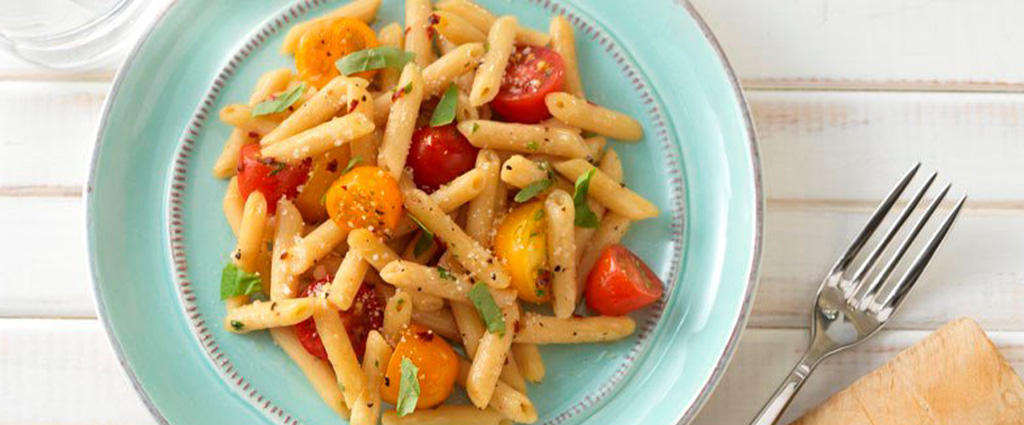Originally sold as flatbreads with cheese and toppings by Italian street vendors in Naples, the pizza we know and love today has melted its way into hearts (and stomachs) around the globe. Over the last 150 years—yes, our beloved “Za” has been around that long—new recipes and renditions have emerged, adjusted to suit the tastes of the time.
Although seemingly subtle, there are some distinct differences between American-style and authentic Italian pizza. Below we chart the characteristics of each unique cuisine.
Try Barilla’s Vero Gusto Sauce:
Recreate bona fide flavors of an authentic Italian pizza without the added sugar.
More On the Topic of Toppings
The appeal of a pizza pie with no toppings relies on striking the perfect balance between a robust sauce and a high-quality crust, something real Italian pizza makers easily achieve. When adding a topping, care must be taken to keep that balance, while boosting the overall flavors of the pizza. That’s one of the reasons you’ll often find an Italian-style pizza topped with some unique and exotic ingredients.
In addition to fresh, often hand-picked herbs like basil, rosemary and marjoram, an authentic Italian pizza may have:
- Truffle mushrooms
- Burrata cheese
- Black garlic
- Eggplant
- Salty capers
- Arugula
- White anchovy
- Boiled egg slices
- Prosciutto
Topping Trivia: When in Italy, if you order a pepperoni pizza, don’t be surprised when you’re served a bubbling hot pie topped with green and yellow pepper. Peperoni in Italian means bell pepper.
Craving a slice of delicious? Try this Italian pizza recipe from Chef Lorenzo Boni.









Share this Post